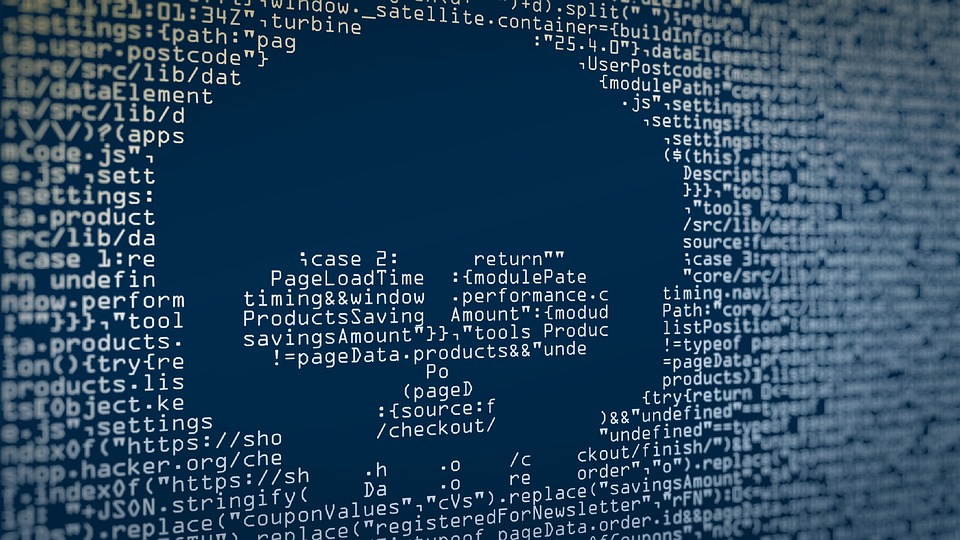What are cyberattacks?
Cyberattacks are a form of technological crime that cause harm to others and attack for various reasons such as financial gain, data theft, or business disruption. Anyone can be vulnerable to these attacks. According to PIA’s guide, many of these cyberattacks utilize dictionary scripts and brute force techniques to penetrate a computer. These methods involve trying multiple combinations of passwords and usernames.
Cyberattacks can come from both external sources, like criminal hacker groups or hacktivists, and internal sources, such as insiders with unauthorized access to sensitive portals like bank accounts or business systems. Both outsider and insider threats aim to harm others, seeking money, data theft, or business disruption. Everyone can be a target, and these attacks often use methods like dictionary scripts or brute force to gain access to a computer by guessing password and username combinations. The usual targets of these attacks are various.
- Financial information
- Client data that is considered sensitive
- Login information
- Government departments and,
- Sensitive credentials or data.
By understanding the targets of these attacks, we can take the necessary measures to protect ourselves or our businesses from becoming victims.
Cyberattacks are a growing concern in today’s digital age, where personal and sensitive information is stored online. Here are the top 5 cyberattacks and tips on how to protect yourself from them:
- Phishing: Phishing is a type of scam where attackers send fake emails or messages posing as a trustworthy entity to trick people into revealing personal information. To protect yourself from phishing, don’t click on suspicious links or download attachments from unknown sources, and use strong, unique passwords for each account.
- Ransomware: Ransomware is a type of malware that encrypts a user’s files and demands payment in exchange for the decryption key. To protect yourself from ransomware, keep your software and operating system updated, regularly back up important data, and avoid clicking on suspicious links or downloading attachments from unknown sources.
- Malware: Malware is any malicious software that can harm a computer or steal sensitive information. To protect yourself from malware, use antivirus software, keep software and operating systems updated, and avoid downloading software from untrusted sources.
- Man-in-the-Middle Attack: Man-in-the-middle attacks occur when an attacker intercepts and eavesdrops on a communication between two parties. To protect yourself from man-in-the-middle attacks, use encryption for sensitive online communications, and be cautious when using public Wi-Fi.
- Distributed Denial of Service (DDoS): DDoS attacks are carried out by a large number of computers that flood a single website or service with traffic, causing it to crash. To protect yourself from DDoS attacks, keep software and operating systems updated, and use a reliable web host or service provider.
What steps can we take to defend ourselves against cyberattacks?
PIA provides recommendations on several steps to follow in order to maintain good cybersecurity and reduce the risk of cyberattacks. Some of these practices are:
- Utilize strong passwords and change them regularly every four months.
- Employ the use of VPNs and password managers.
- Avoid sharing passwords between accounts or with others.
- Implement spam filters and block spam emails or messages.
- Educate yourself on identifying phishing attempts such as ads, buttons, emails, and messages.
- Enable multi-factor authentication on all platforms and accounts.
- Gain knowledge on identifying malware.
By following these seven steps, you can ensure that you have good cyber security, but it’s important to remain vigilant and update your practices as cyberattacks evolve with technology. Additionally, you can also minimize risks by avoiding public Wi-Fi and accessing unsecured websites.
